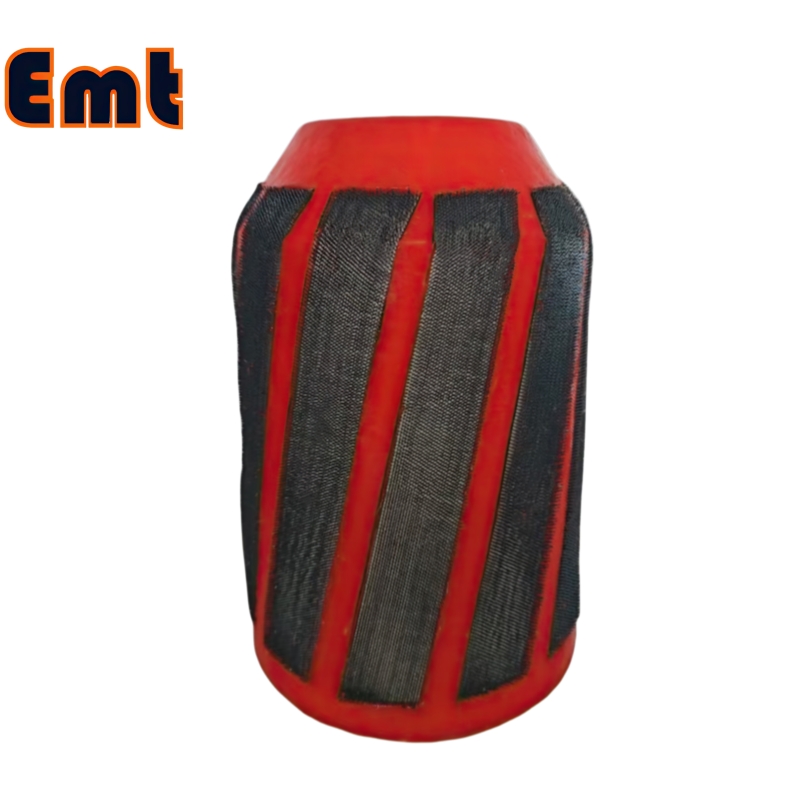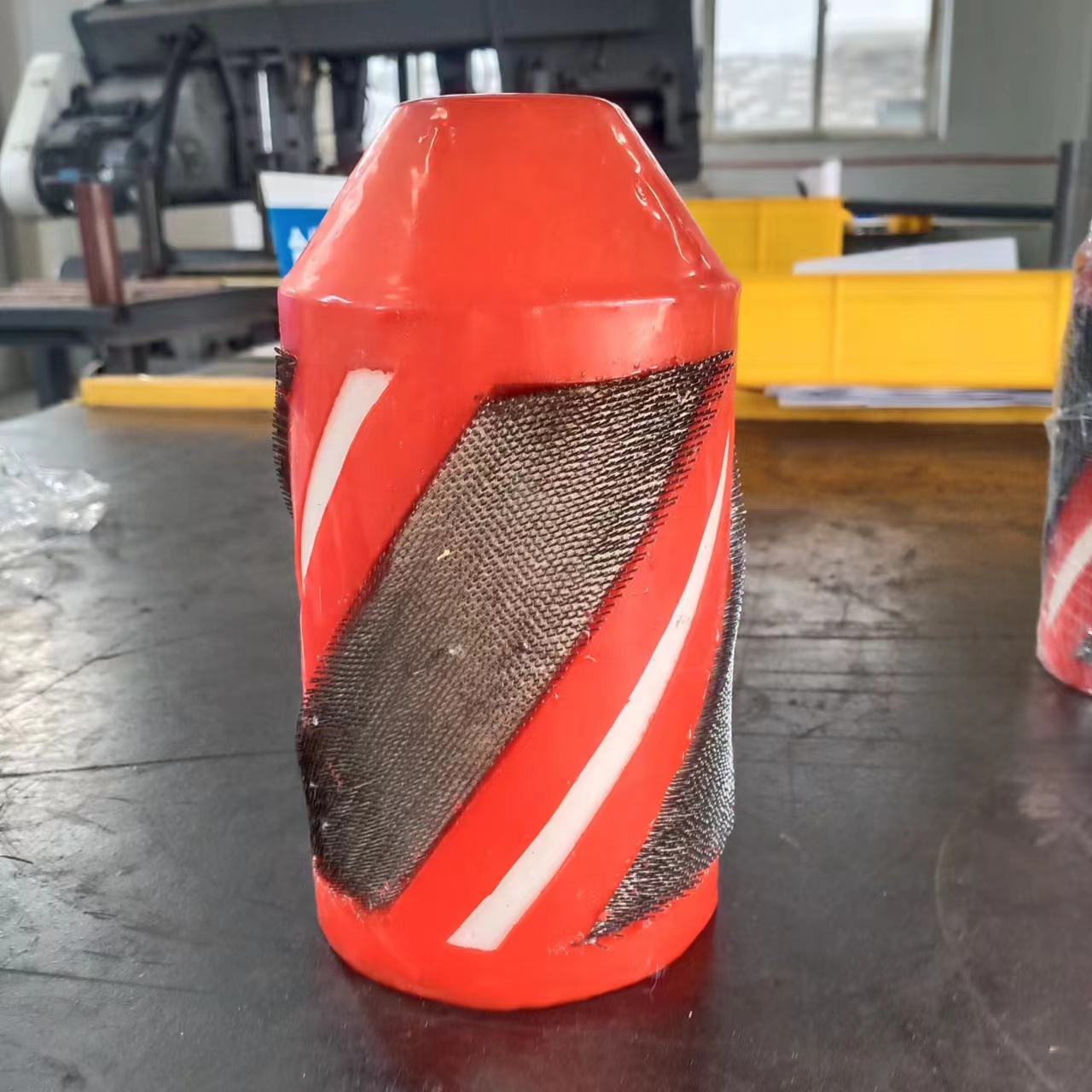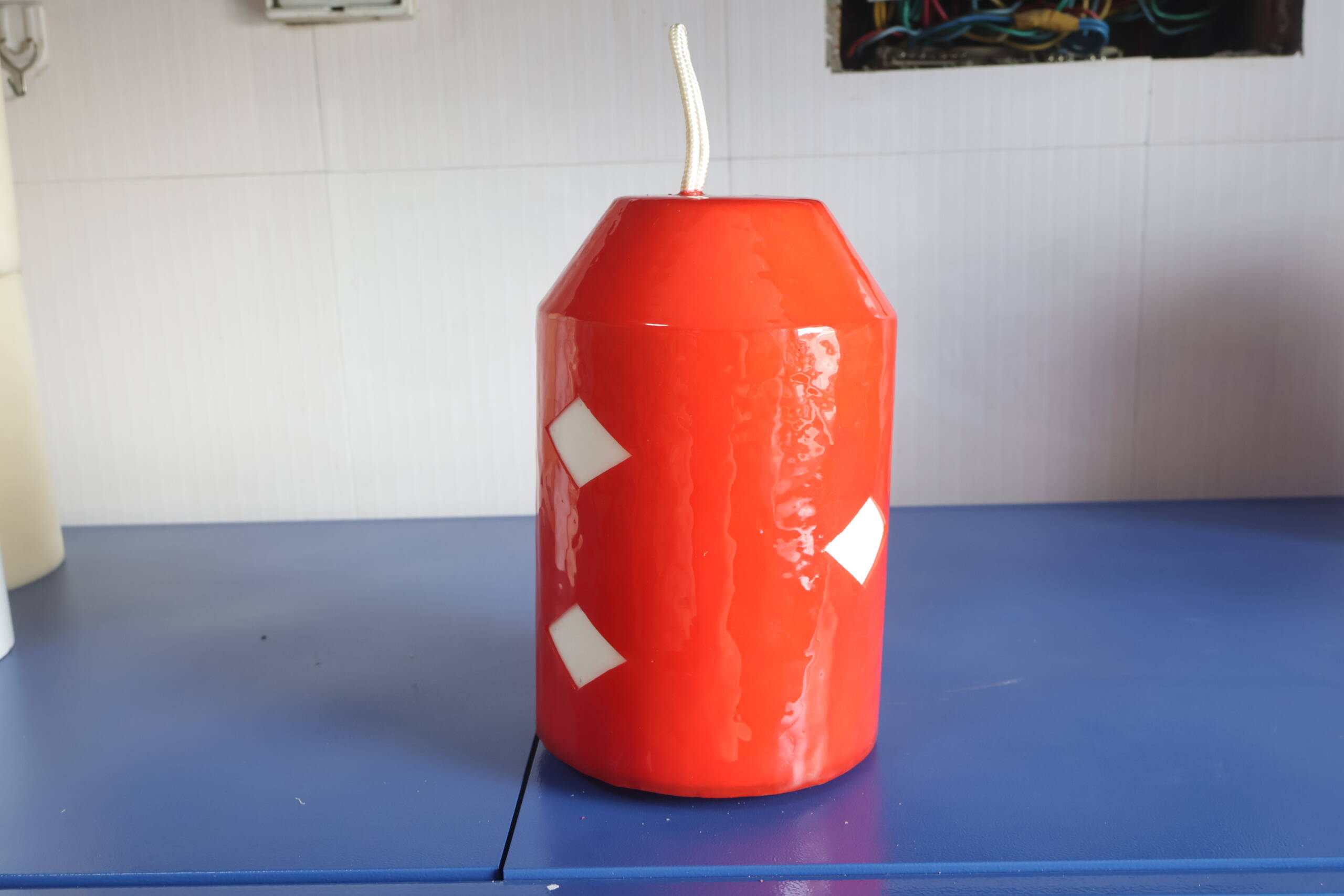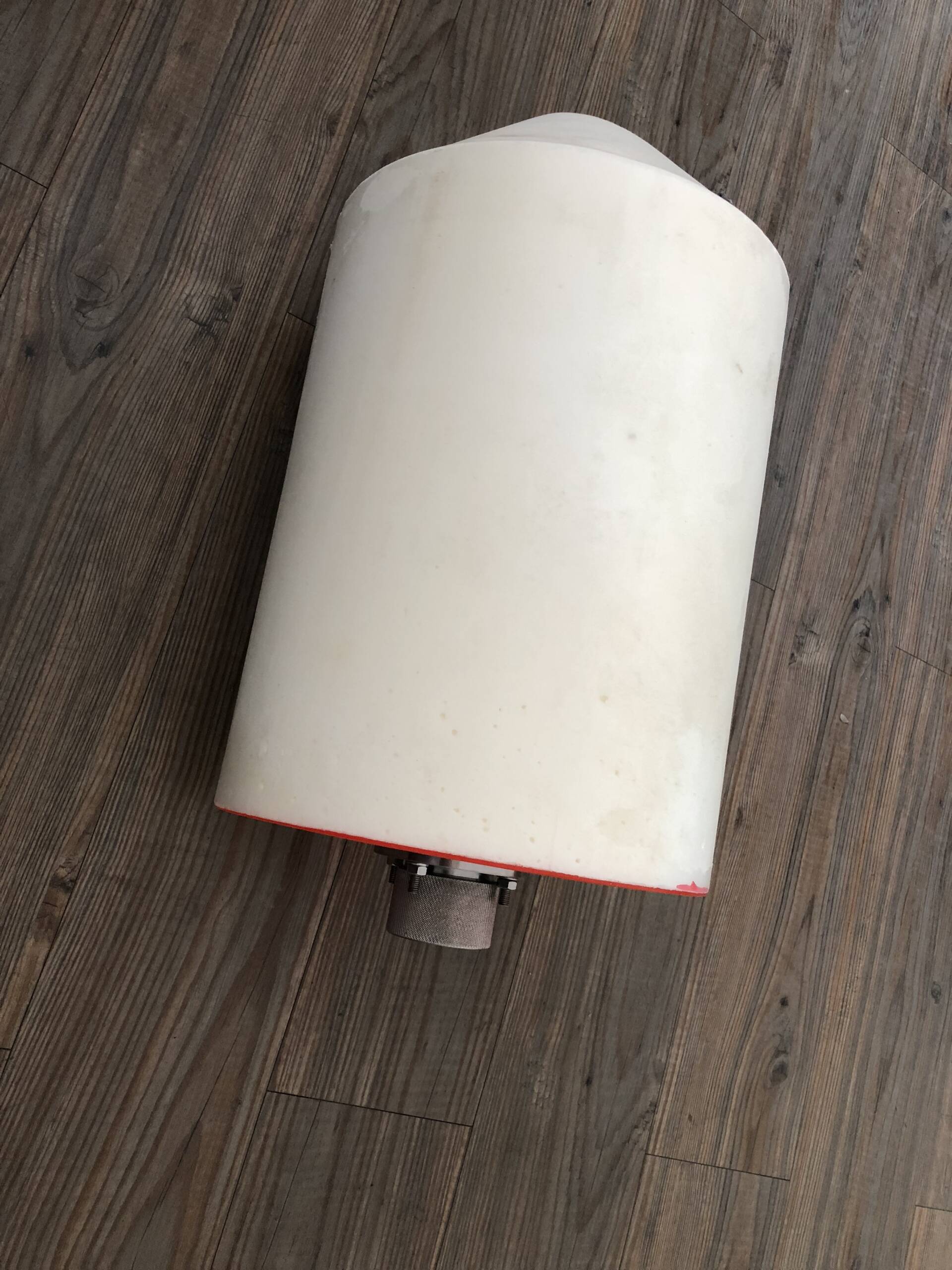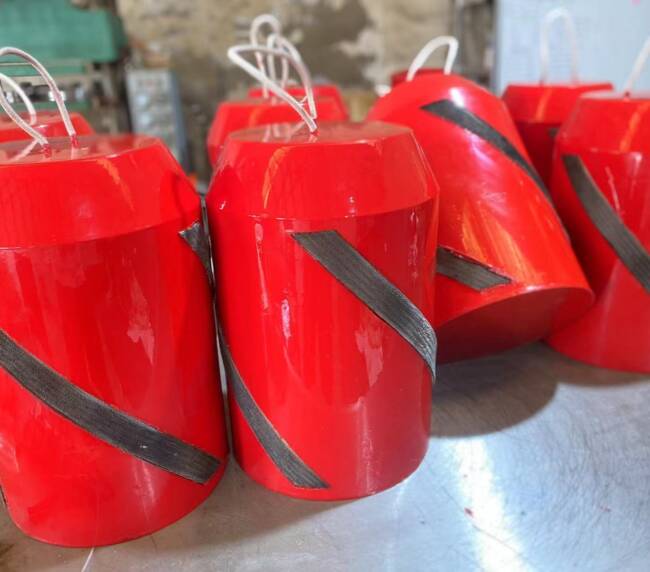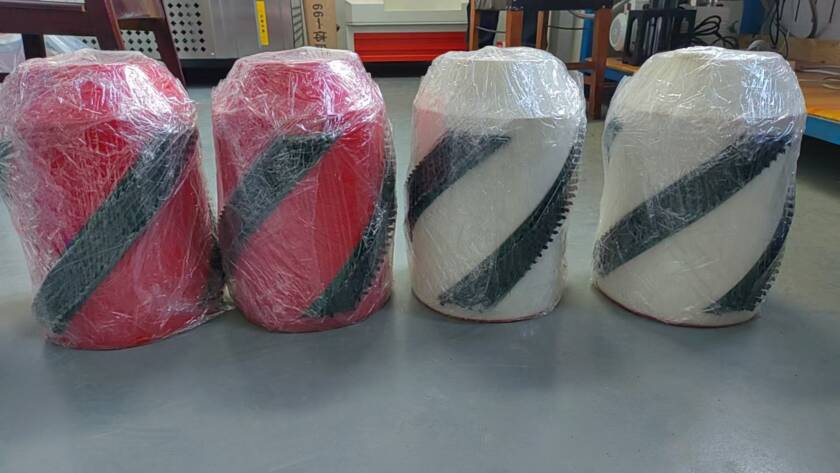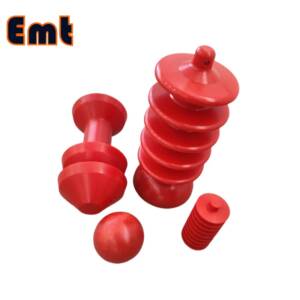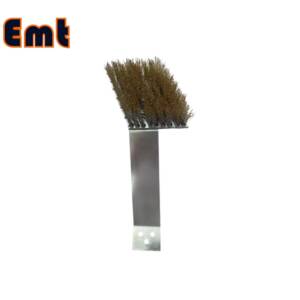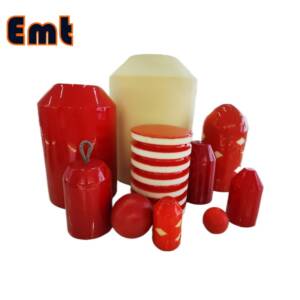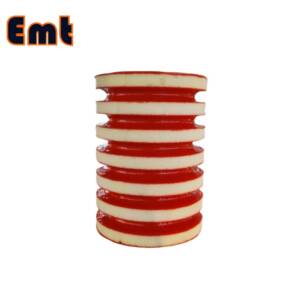Description
Pigging in the Oil and Gas Industry
Pigging is an essential maintenance and operational practice in the oil and gas industry, used to clean, inspect, and maintain pipelines that transport crude oil, natural gas, refined products, and other fluids. The process involves inserting a device—called a pig—into the pipeline, which is then propelled by the product flow or a separate medium (e.g., gas or water) through the pipeline.
What Is a Pig?
A pig is a tool inserted into a pipeline for various purposes such as:
- Cleaning (removing wax, scale, or debris)
- Inspection (collecting data about pipeline integrity)
- Separation (isolating different fluids or batches)
- Dewatering (removing water or other liquids)
Pigs come in many types, including:
- Foam/Poly Pigs
- Mandrel (Steel Body) Pigs
- Cup or Disc Pigs
- Brush Pigs
- Intelligent (Smart) Pigs
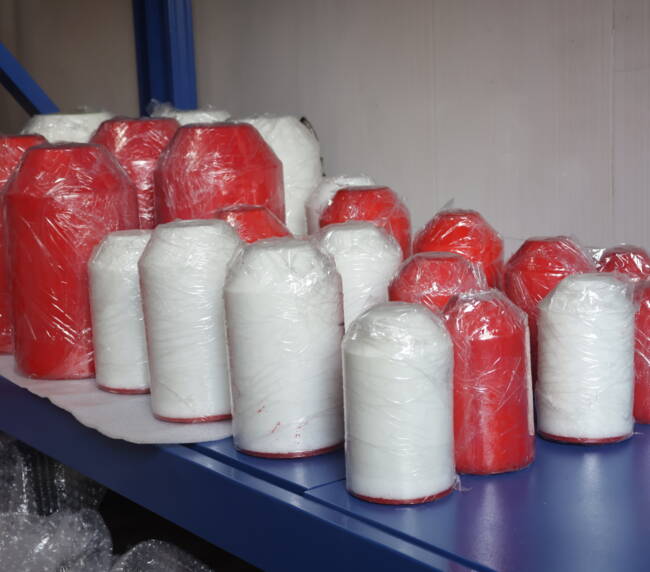
Types of Pigging in Oil & Gas
| Pigging Type | Purpose |
|---|---|
| Cleaning Pigging | Removes deposits like wax, scale, sand, or sludge. |
| Batch Pigging | Separates different products in multiproduct pipelines. |
| Displacement Pigging | Pushes out fluids or gases, often used during commissioning or decommissioning. |
| Inspection Pigging (ILI) | Uses smart pigs equipped with sensors to detect corrosion, cracks, or wall thickness variations. |
| Dewatering Pigging | Removes water after hydrostatic testing or prior to introducing gas. |
Applications in Oil and Gas
- Upstream: Flowline cleaning, wellhead maintenance, and sand removal.
- Midstream: Long-distance transmission pipelines for crude or gas.
- Downstream: Product pipelines, refineries, and tank farms.
- Offshore: Subsea pipeline operations, including pre-commissioning and routine maintenance.
Benefits of Pigging in Oil & Gas Pipelines
- Maintains flow efficiency by reducing friction and preventing blockages.
- Extends pipeline life through regular cleaning and inspection.
- Prevents corrosion by removing water, scale, and corrosive substances.
- Improves safety by identifying weaknesses before failure.
- Reduces downtime and maintenance costs.
- Ensures product purity in multiproduct pipelines.
Challenges and Considerations
- Pig selection must match pipeline diameter, contents, and purpose.
- Launcher/receiver stations must be properly designed and maintained.
- Bends, valves, and restrictions can trap pigs if not considered in the design.
- Tracking and locating pigs is critical, especially for intelligent pigging runs.
- Regular scheduling is needed to maintain consistent performance.
Pigging Equipment Typically Used
- Pig Launchers and Receivers
- Sealing Cups and Discs
- Tracking Systems (Transmitter/Receiver)
- Intelligent Pigging Tools (MFL, UT, EMAT, etc.)
- Foam and Brush Pigs for mechanical cleaning
Conclusion
Pigging is a vital part of oil and gas pipeline operations, ensuring safety, reliability, and efficiency. Whether it’s for cleaning, inspection, or fluid management, proper pigging practices reduce operational risks and enhance the longevity of pipeline infrastructure.


